
Monster Hunter Stories 2 Weapons: choosing the best weapon of each type
If you’re a hopelessly indecisive fan of the mainline Monster Hunter games, chances are you can never stick with a single weapon throughout your time playing one. There are so many to choose from, and all of them have their strengths and weaknesses. Don’t worry, I understand you deeply. If we are truly one in the same, you also have been eyeballing Monster Hunter Stories 2: Wings of Ruin. If you didn’t play the original game in this turn-based spin-off series then this line of thinking can only possibly lead to one question...
“How do weapons work, and how am I supposed to decide what to use?”
On this page, we'll endeavor to answer that question, covering your options for the best weapons and the best weapon loadout - because, as ever in Monster Hunter, it's all about sweet, sweet, paralyzing choice...
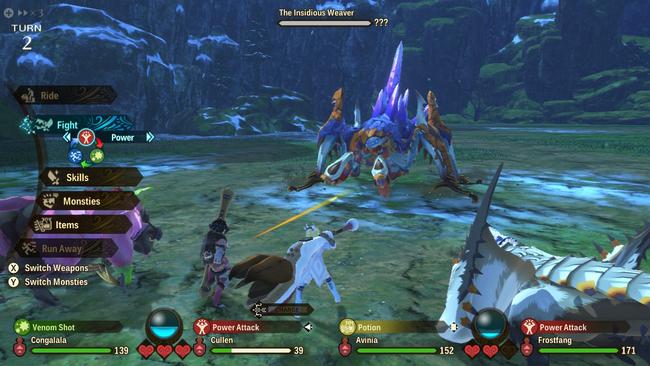
Monster Hunter Stories 2 Weapons: how to choose the best weapon for your loadout
Capcom seems to have an answer for all the indecisive fans eager to sink their teeth into this new RPG, and one that I’ve found immensely satisfying in my time with the game. Stories 2’s combat works on a universal rock paper scissors rule set. Attacks all have a special type associated with them: Power, Speed, and Technical. Monsters and Human fighters all have access to this, and understanding how to gauge what your enemy will throw out is imperative to making it through the game's numerous bouts.
Your playable Rider has one other system to worry about: Weapon Type. If you want to play as efficiently as possible then this is a system you’ll need to master. Thankfully, it’s not too difficult to figure out. Capcom has simplified the weapon variety you have to choose from, now only letting you choose between six to craft or buy. Unlike normal Monster Hunter, where you have to pick a single weapon before a hunt and have to return to camp to switch if you found it ineffective, Stories takes a more convenient approach. You can carry three weapons with you at all times, one for each of the three weapon types. Every part of a monster is weak to only one weapon type, and resists all the others.
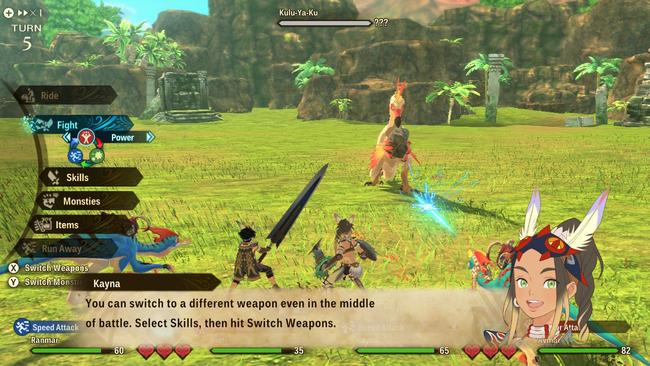
Weapons can be switched out between the three you have equipped, so there really isn’t any wrong answer as long as you have one of each of the three weapon types. Each weapon type can also use skills with all of the three Attack Types mentioned above. Now the decision isn’t “Which of the six weapons do I pick?” but instead “Which of the two weapons in each category do I like the most?” This significantly simplifies matters - though you'll still have to make some hard choices to topple the most difficult encounters in the game, like battling the royal monsters.
Slash
The Slash category is pretty straightforward. Consisting of the simplest weapon types in the series: Swords! Stories 2 cut Long Swords from the equation, but the two that remain are still fan favorites.
Despite the fact that only one of these weapons has what would be traditionally classified as a “shield” both share a crucial defensive option:
- Guard (10 Kinship Points) - Use your shield to defend against attacks. Greatly reduces damage taken in the turn used.
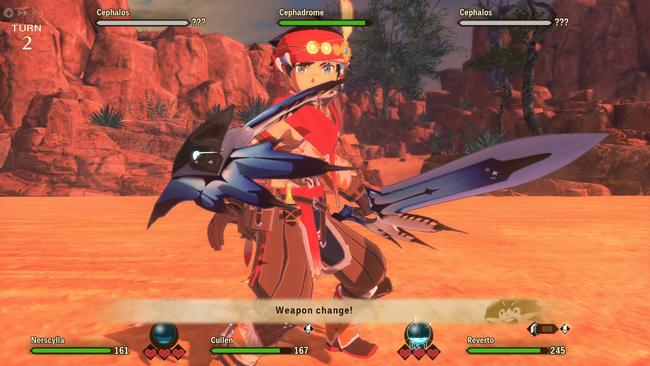
Sword & Shield
The simplest of the simple, and a pretty safe option all around. You take less damage thanks to the handy shield. There are several attack skills you can learn throughout your travels, but all of them will have one default attack.
- Slash (10 Kinship Points) - Slash one enemy before bashing them with your shield.
There unique part of the Slash is that it will change depending on the element of the weapon you craft. For the early game you’ll mainly have access to the neutral Focus Slash for most of the available Sword & Shields, but this changes the more you play to greatly expand the usefulness of the weapon to deal more elemental damage to foes.
There’s an important defensive skill exclusive to this that makes a strong case for using the S&S. While both Slash weapons can use guard, this can be considered like an upgraded version of that skill:
- Counter Stance (15 Kinship Points): Wait to launch a counterattack while guarding against attacks. Reduces damage taken on turn used and counters if attacked.
When monsters get prepped for desperation attacks, careful players will be ready for them.
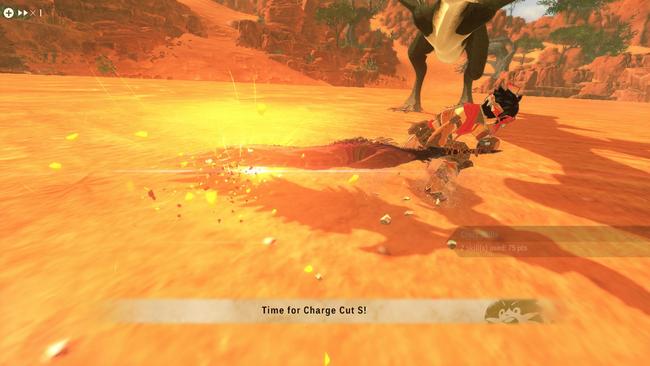
Great Sword
For those who throw caution to the wind, Great Swords will be more up your alley. You disregard both passive and active defense for raw damage, and that gets results. One of the most enjoyable parts of Great Sword are memorizing combos and unleashing them for ridiculous amounts of damage. Blending combos with taking the time to charge your Great Sword has always been a risky but enjoyable playstyle that keeps people coming back to this weapon.
In Monster Hunter Stories 2, you’ll be using specific skills in succession to build up your Charge Gauge. This Charge Gauge can be used in combination with Kinship points to unlock access to stronger skills, letting you easily lay waste to even the fiercest of foes.
This is the bread and butter combo you’ll have at your disposal. First, you start with a:
- Charge Tackle (10 Kinship Points) - Charge into one enemy, sword at the ready. This (Power, Speed, or Technical) skill fills 1 block of the Charge Gauge.
From here you can spend your one Charge Gauge block to use a
- Charge Slash (20 Kinship Points) - A charge up attack that slams a great sword down on one enemy. (Power, Speed, or Technical) skill that requires 1 Charge Gauge block.
Or instead keep that combo going with a:
- Charge Cut (15 Kinship Points) - Perform a slashing attack on one enemy. This (Power, Speed, or Technical) skill fills up the Charge Gauge to 2 blocks.
After all this build up, you’re finally ready to unleash your Charge Gauge with an attack that will attack every single enemy on the screen:
- True Wide Slash (30 Kinship Points) - Slash across all enemies with a powerful charged attack. (Power, Speed, or Technical) skill that requires 2 Charge Gauge blocks.
Pierce
Now we’re getting to the interesting ones. The Monster Hunter weapons for those with the most refined palettes and piercing intellects… Which basically means those with too much time on their hands and endless patience. Simplifying these for a turn-based RPG was the best thing Capcom could have done, and they succeeded in that regard.
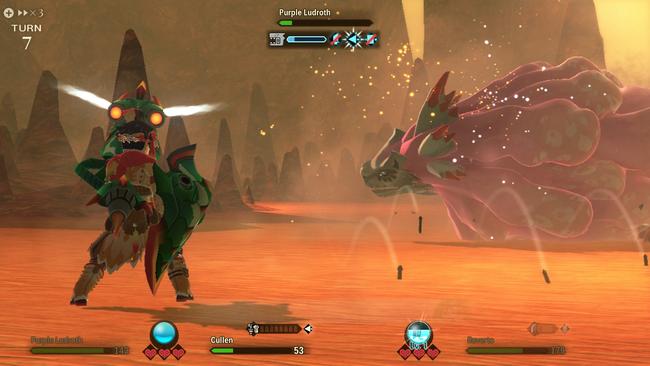
Gunlance
Winning Head-To-Heads will raise your ammo gauge, letting you unlock more abilities. The ammo gauge is similar to the charge gauges of the Great Sword and Hammer, but offers much more options. A main difference for Gunlances is that you can use your ammo skills to greatly increase the kinship gauge, making this the most tactical weapon of the bunch. The shield also gives you access to the Guard command, just like the Sword & Shield and Greatsword.
Here are the base ammo skills at your disposal:
- Shelling (0 Kinship Points) - (Power, Speed, or Technical) Attack skill. Fires at one enemy. Win a Head-to-Head to greatly charge Kinship Gauge. Uses 2 ammo.
- Wyrmstake Cannon (0 Kinship Points) - (Power, Speed, or Technical) Attack Skill. Launches an exploding spear at one enemy. Win a Head-to-Head to greatly charge Kinship Gauge. Uses 5 ammo.
- Burst Fire (0 Kinship Points) - (Power, Speed, or Technical) Attack Skill. Focuses fire on all enemies. Win a Head-to-Head to fully charge Kinship Gauge. Uses 8 ammo.
What comes next are the real specialties of the Gunlance and makes it one of the best weapons in the game. After using your ammo skills to gain large amounts of Kinship gauge, you can use them to lock away move types from your foes temporarily. The Techseal, Powerseal, and Speedseal all cost 20 Kinship points, so players who want to play as tactically as possible will find a lot to love with the Gunlance. It’s about as fair as breaking someone’s finger in a game of Rock Paper Scissors, but I’d say cheating is fair when you’re playing against monsters trying to kill you.
Lastly you can spend an entire Kinship Gauge with a single move that can truly devastate your foes:
Wyvern’s Fire (100 Kinship Points) - A shell blast that’s almost as powerful as a Kinship Skill. Deals heavy damage to all enemies.
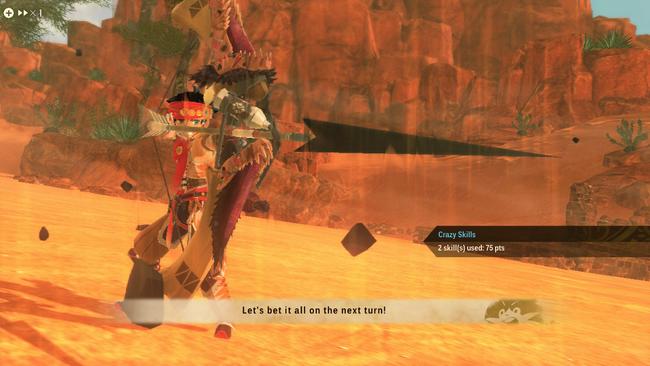
Bow
You’re probably thinking “Oh my, how did they adapt an aim based weapon in a turn-based RPG?” Well, the answer is they didn’t! If you ever wanted to look cool shooting a bow in Monster Hunter but didn’t want to bother learning hand eye coordination now’s your chance! There is nothing overly complicated about using a bow now, with one main mechanic to worry about. By sacrificing a turn, players can build up strength for the following turn and unleash a powerful attack in addition to the one you select.
The main gimmick with this weapon though is the coating associated with the Bow you equip. Any coating based skill can use any of the three main attack types, but this can give you an extra edge in combat based on the situation. There are a large variety of coatings you can acquire, but here are some of them for example:
- Power - Deals greater damage than a regular attack.
- Piercing - Heavy impact on monster parts.
- Rapid Shot - Shoots multiple times at one enemy.
- Poison - Can inflict Poison on the target.
- Sleep - Can inflict Sleep on the target.
Bow’s are also the only non Blunt type weapon that can use the special defensive ability:
Absolute Evasion (15 Kinship Points) - Guaranteed to evade one attack. Active until the end of the turn. Cannot evade Kinship Skills or skills that always hit.
Blunt
In every Monster Hunter game, there are always two weapon types that many players can just not get behind. The Hunting Horn and the Hammer (but especially the Hunting Horn) are complicated enough to be hard to grasp for newcomers. I don’t think I’m being too blunt by saying they’re just not for everyone. In Monster Hunter Stories 2 they’re a lot more approachable thanks to the
As previously mentioned, all Blunt weapon types can use the Absolute Evasion ability to get their users out of a pinch.
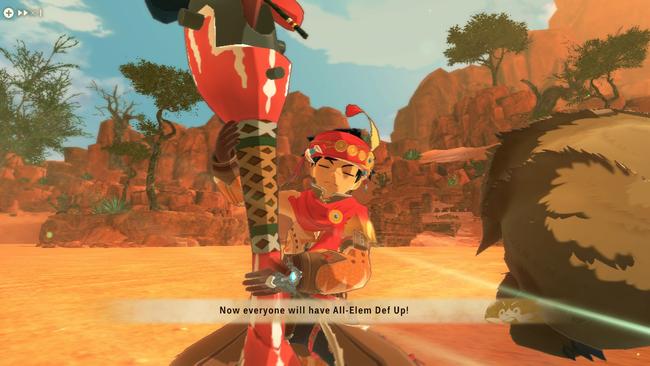
Hunting Horn
Like with the main series, Hunting Horns are the most unconventional weapon of the bunch. They can deal decent damage, but that’s not what makes them stand out so well. Hunting Horn users specialize in buffing their party. One of your party members you gain along your journey will worry about supporting the team themself, but you won't always be able to rely on others to carry the team’s wellbeing on their backs.
Hunting Horns also offer a lot of variety for those looking to collect one of every weapon. The reason being is that the skills at your disposal will change depending on the Song associated with the hunting horn you are using. Some of these skills don’t even necessarily have to function as buffs! There can be attack spells, healing spells, defense buffs, attack buffs, and more.
The reason there’s not a terribly large amount to talk about the Hunting Horn is that it being worth it will depend on the kind you make. While at the Smithy you can look at the weapon skills for any weapon available to make, letting you decide if the available Hunting Horns have songs that are helpful for what you are looking for.
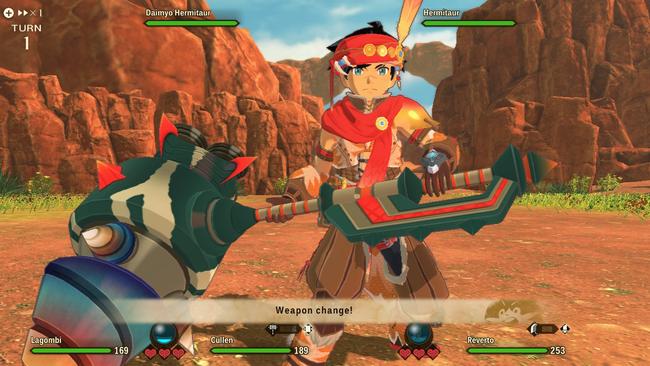
Hammer
But who needs buffs? You can leave that to your partners. Hammers work remarkably similar to how they do in the main games. By winning Head-To-Heads against enemies you build up your Charge Gauge. There are up to three blocks you can build up, which can be spent (alongside Kinship Points) to unleash potentially devastating attacks. Even with a single Charge Gauge block you can dish out some powerful attacks, but the goal is to max it out.
Here are some of the Level 3 skills you’ll have access to:
- Hammer Slammer (30 Kinship Points) - Swing your hammer around at full force, smashing into all enemies. Requires 3 Charge Gauge Blocks.
- Spinning Meteor (30 Kinship Points) - Swing your hammer around and crush one enemy. Very heavy impact on monster parts. Requires 3 Charge Gauge blocks.
Hammers are great for breaking parts and gaining excellent rewards.
Monster Hunter Stories 2: best weapons for each category ~ in conclusion
If you’ve been paying attention, you likely have picked up on the pattern with each weapon style. They all have a weapon designed for playing it safe, and one designed around risking it all. Three of the weapons have Guard, and the other three have Absolute Evasion. There really aren’t any wrong answers here! The game encourages players to mix up their playstyles every few hours, so don’t feel locked in! It’s relatively easy to spend some time gathering materials and then crafting some brand new weapons.
However, here's our personal favorite picks of the best weapons for each category, and why!
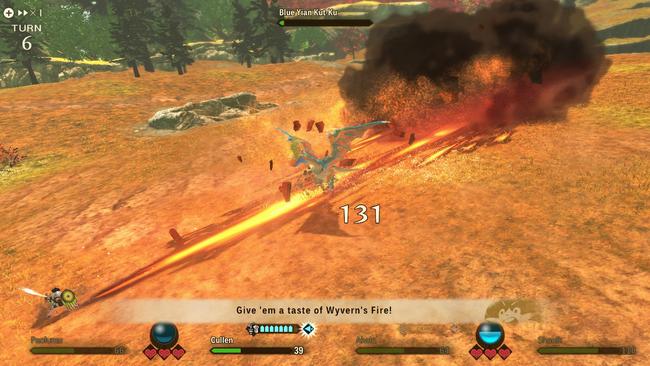
- Greatsword: The answer is simple for this one. Sword & Shield has a wide variety of abilities and excellent defense boosts, but sometimes you just want to go all out. The dopamine released by going step by step in the main Greatsword combo has always been satisfying, and in Monster Hunter Stories 2 this is no exception.
- Gunlance: This is a strong contender for the best weapon in the entire game. The bow has some strong points in its favor, but the Gunlance is more flexible. There’s a incredibly large pool of skills to play with, and those who master this weapon can control the flow of battle. Plus, Wyvern’s Fire. Enough said.
- Hunting Horn: This is a hard one. Both Blunt type weapons are on relatively equal footing in terms of usefulness in combat. The Hunting Horn just barely edges out over the Hammer, mainly because of the variety of songs. There are some incredibly helpful buffs that can help when things get tight, and it’s nice to have a way to heal outside of using items.
It’s worth mentioning that all the weapons have unlockable skills that can be discovered by doing optional side quests around the world. If a weapon doesn’t vibe with you right away, a bit of work could easily make your least favorite weapon your new favorite!
Monster Hunter Stories 2 guides: